Whether you're just seeing the first few ripples or have been a waver for some time, you'll likely notice that not all of your waves are perfectly connected.
That's because the process of transforming naturally curly hair into a flat wave pattern often leads to curls falling on top of the other. When that happens, you'll see a divergence known as a fork.
In this blog post, we'll talk about exactly what a fork is and I'll share the process I used to fix a specific fork in my wave pattern in just a few months of wolfing and brushing—and how by focusing on a specific area you can improve your overall connections to get that 360 wave look.
Why is it called a fork?
Visually, a fork should look similar to a fork in the road. They’re not hard to spot. You'll see a 'row' or wave split, leaving a gap in the consistency of your wave pattern. The photo below was taken in August and shows the fork I focused on for this example.

How Do You Fix a Fork in Your Wave Pattern?
When you start a brush session, you want to build consistently in how you brush to ensure that all areas of your wave pattern are covered evenly.
Some less established areas may require more brush strokes, angled brush strokes or more attention in the form of shorter brush strokes.
It helps to have a handheld mirror to clearly see your wave pattern and identify potential trouble areas. I started right on the area I wanted to focus on. This helped my consistency in making sure the area was being brushed properly.
The arrows indicate the brushing angles I used when working on that area. The following photo was taken in September.

How I Gradually Fixed the Fork in My 360 Wave Pattern with Wolfing and Brushing
It's all about progress. Allowing your hair to continue to grow is a big part of it. As the curls begin to push out more from the root, consistent brushing will make repairing the fork a lot easier. And using the right products to moisturize your hair is key to sealing the pattern, along with compression.
The following photo was taken in late October and I’m happy with the results so far. You can see that the same area has a more defined wave pattern and the connection is being established. Brushing is key but it's also about how you care for your hair.
The products you use play a major role in how effective brushing sessions can be, especially when you have to fix a fork in your wave pattern.

You want to avoid dry hair as much as possible. You don't want the friction from brushing to cause damage or breakage.
I had to tweak my angles slightly as the fork started to go away. But once it was gone, I was able to return to the original brushing angles I started with. Now all I need to do is clean up the area the fork was removed from.
During my wash sessions I take the same approach: attacking my problem area first. It’s important to always keep your angles consistent even when washing and cutting your hair. It's important to find a barber or groomer that understands what you want to achieve and can cut your hair in the direction of the wave pattern you're establishing.
How Long Does It Take For Waves to Connect?
It's all about consistency. By having a regular regimen for washing and brushing your hair, you can fix forks in as little as 8 weeks like I did.
It's important to take the time to treat your hair as it grows so that it takes to the wave pattern easier. Remember to give your problem areas extra time, especially during your wash sessions when you're hair is the most malleable.
You really want to work with your natural pattern. Just shape the waves with consistent brushing and combing before you apply products and compress your hair overnight.
Even though this blog post is directed at removing forks in your wave pattern, you can use the same strategy to manage your overall wave pattern. Whether you have trouble getting your waves to connect on the sides or establishing waves toward the back of your head, you can use the same tactics.
Identify the area, give it first priority in brushing and washing sessions, and use your mirror to find the right angles and brush strokes to define your waves.
Kado is the founder of Elite Spins, a digital community for wavers to share product reviews, methods, and tips. Connect with him personally on Instagram and follow the Elite Spins page.


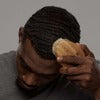







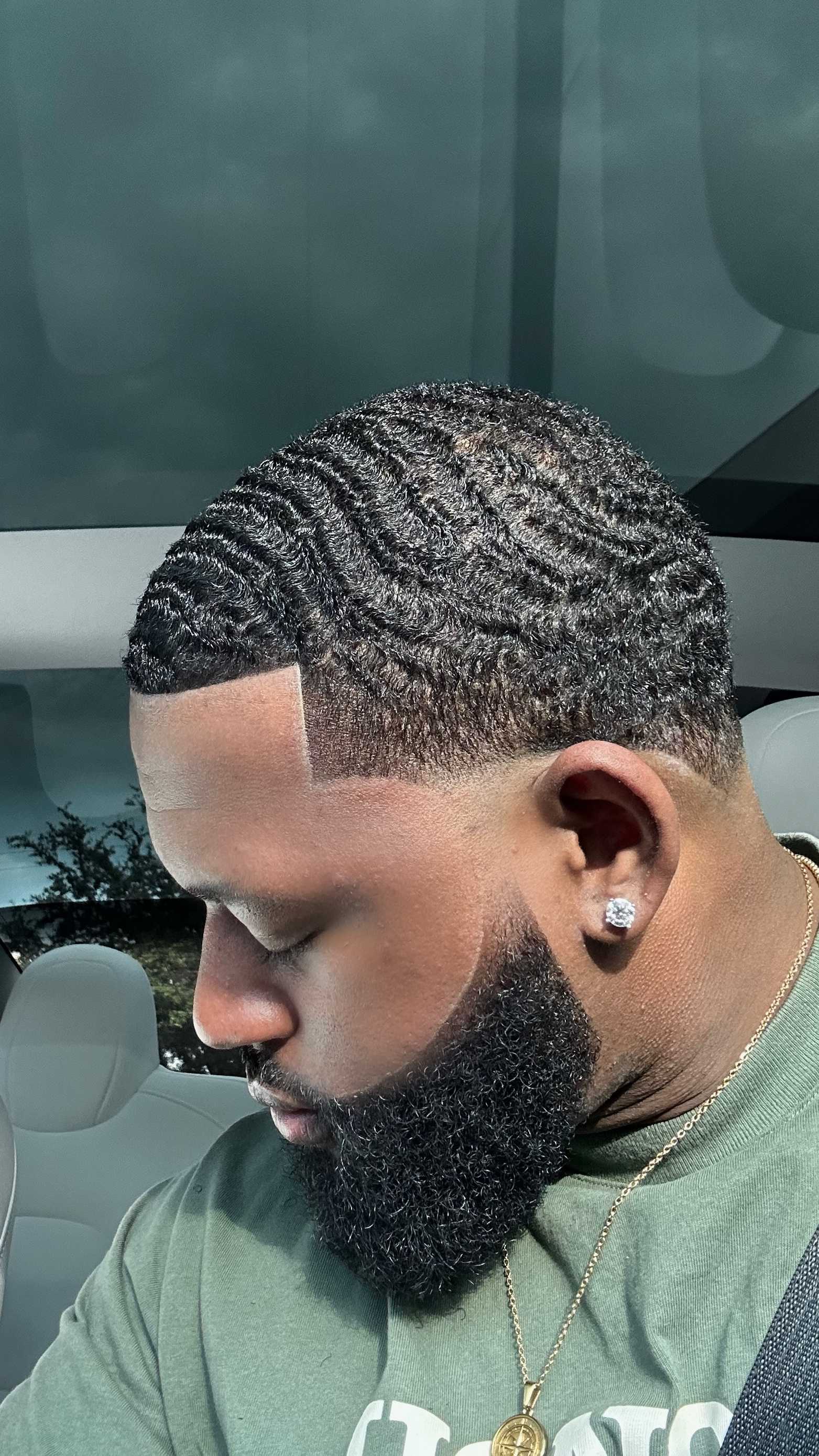
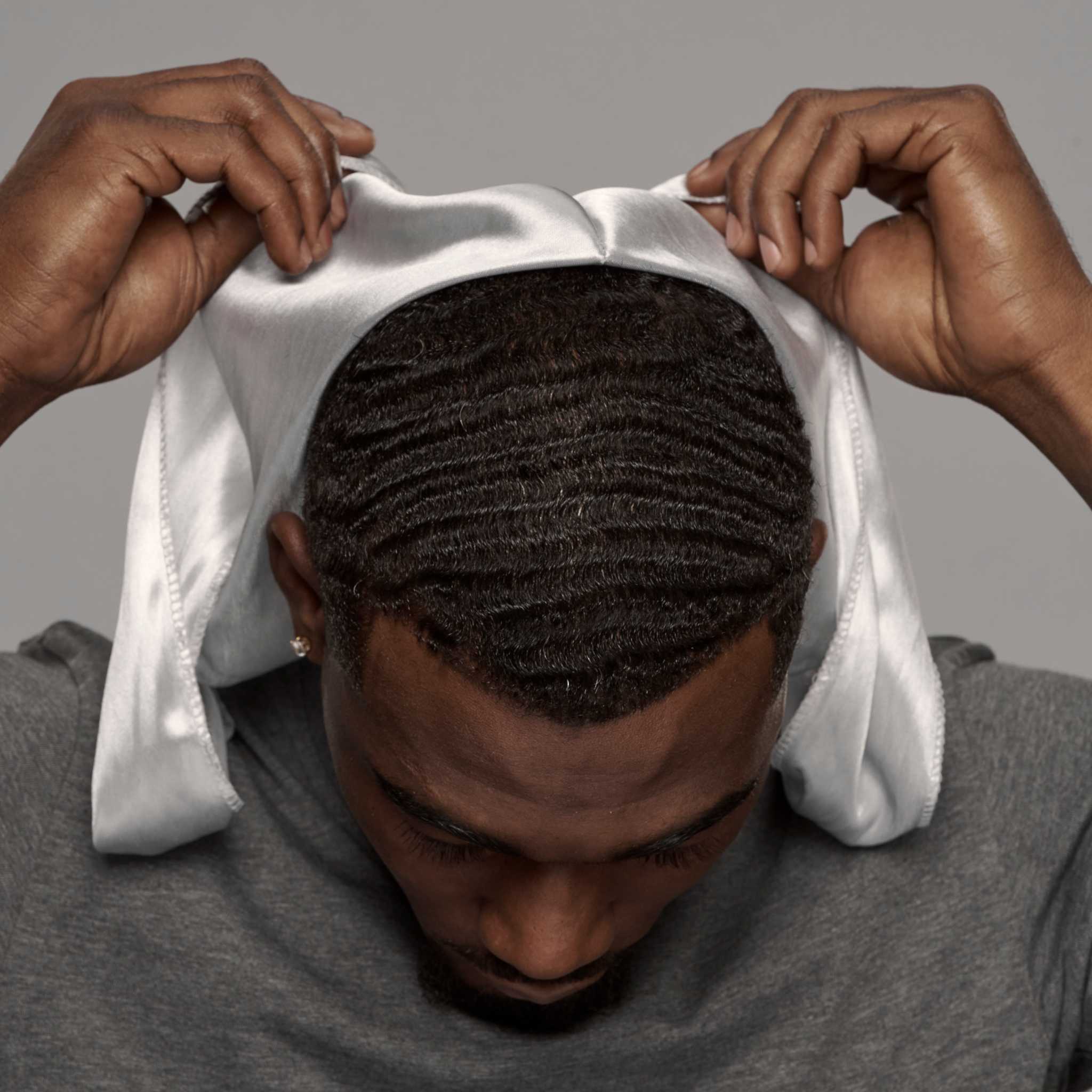
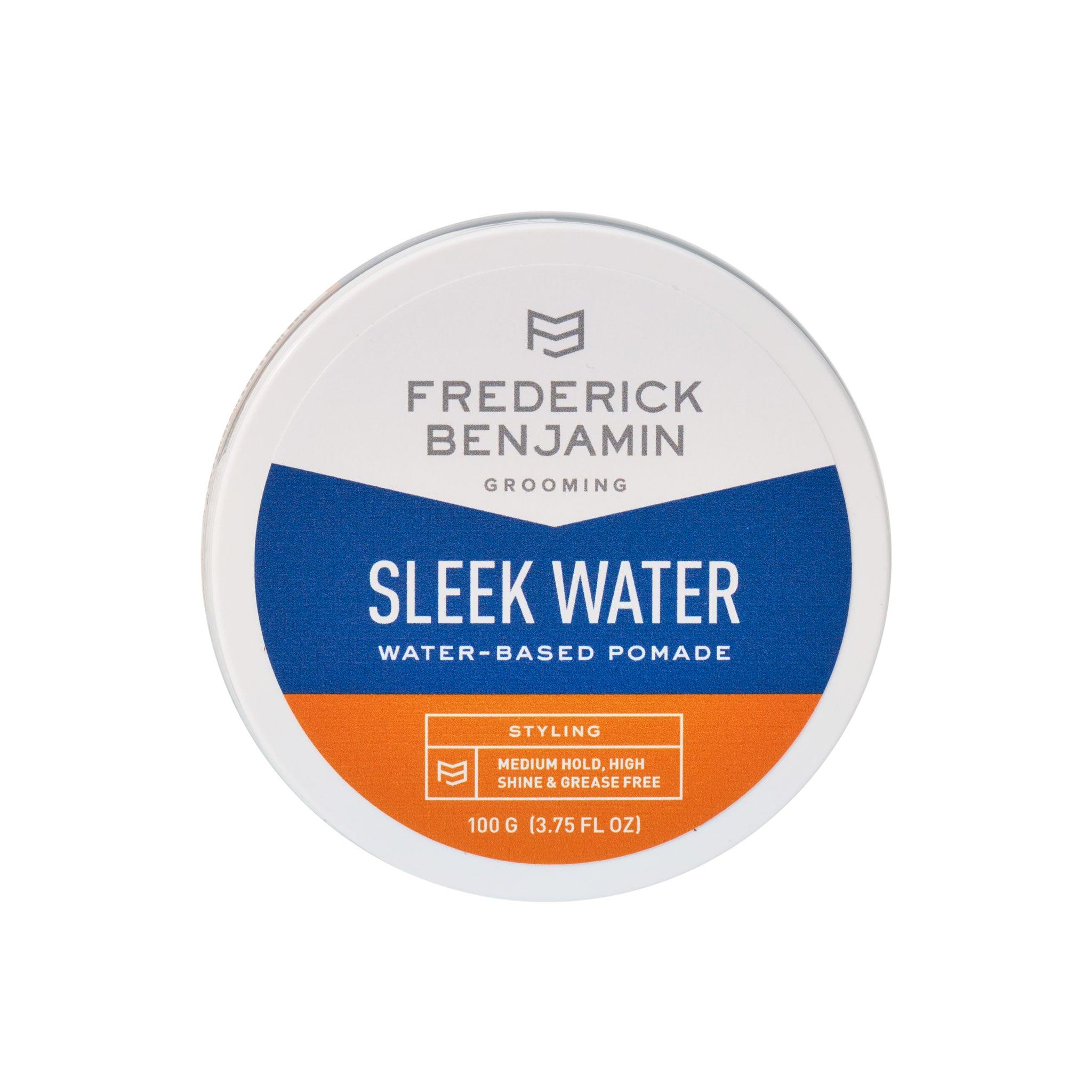
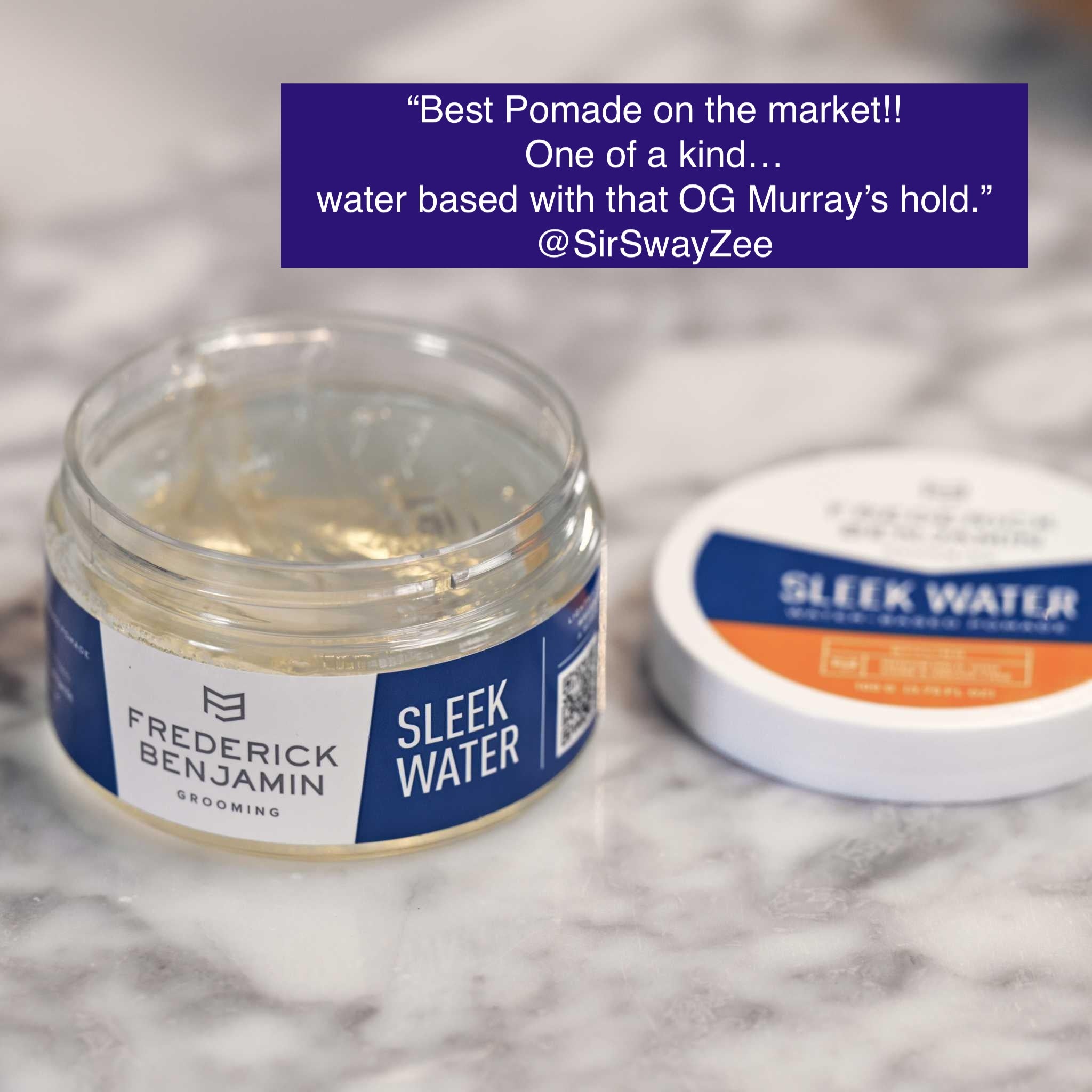
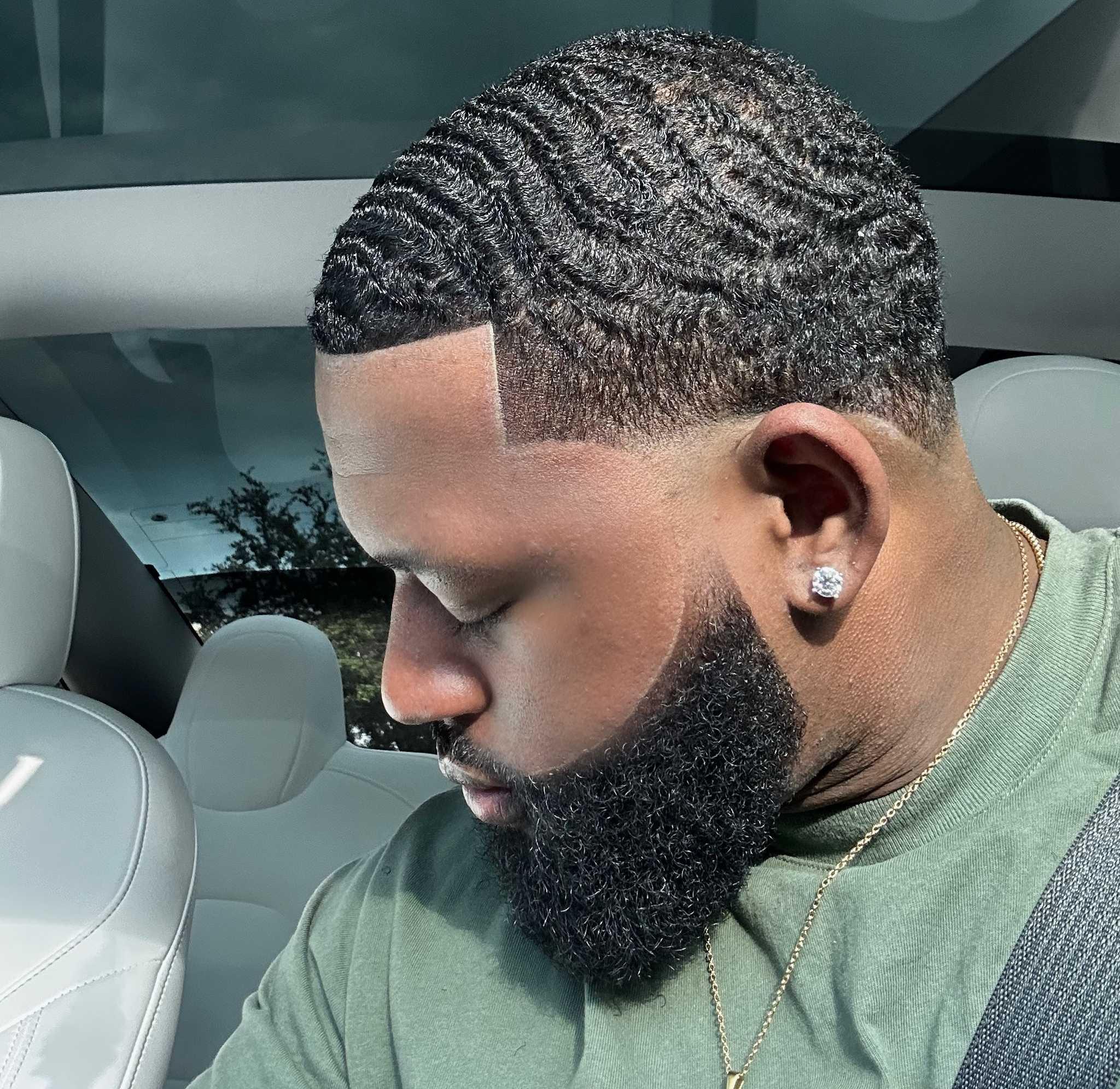
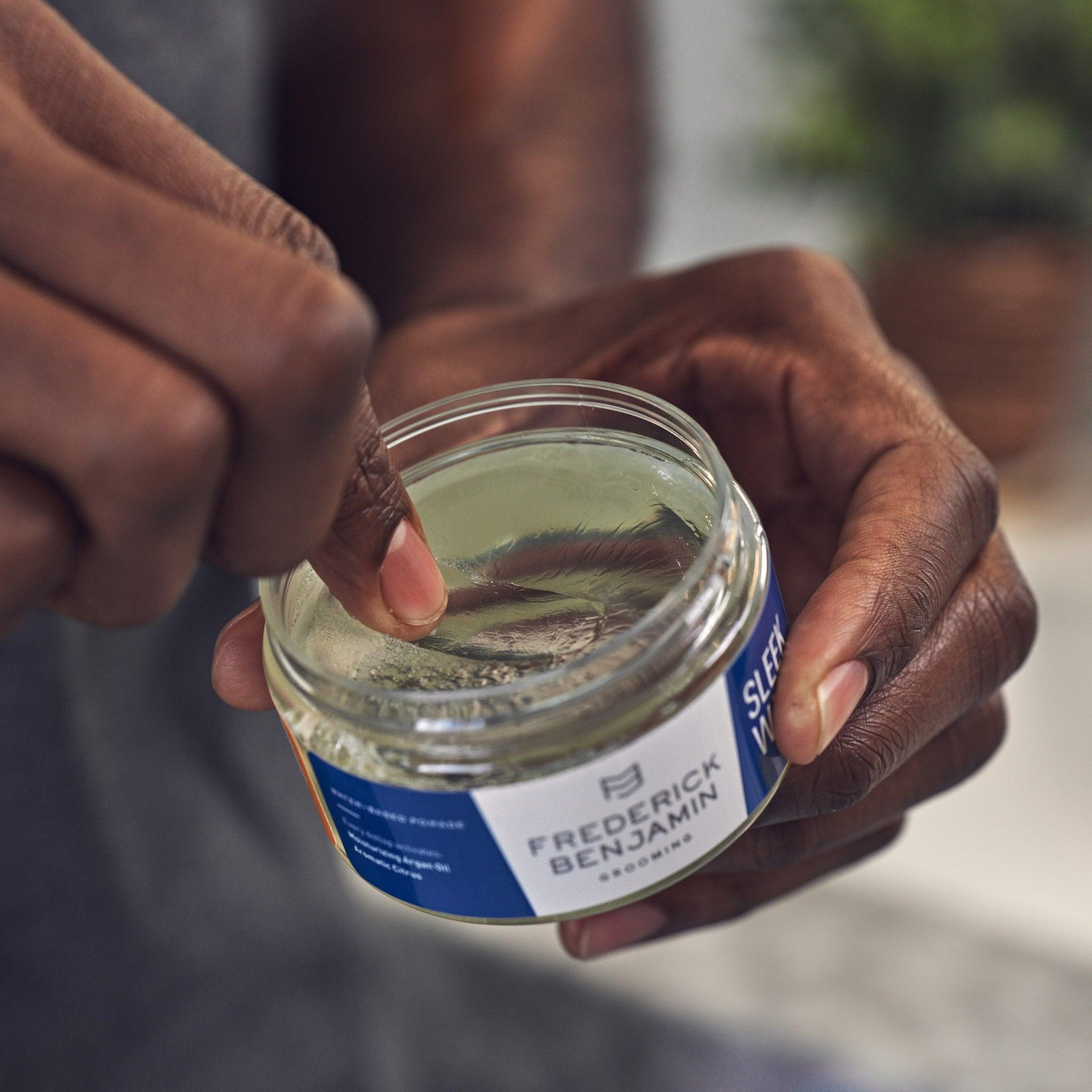
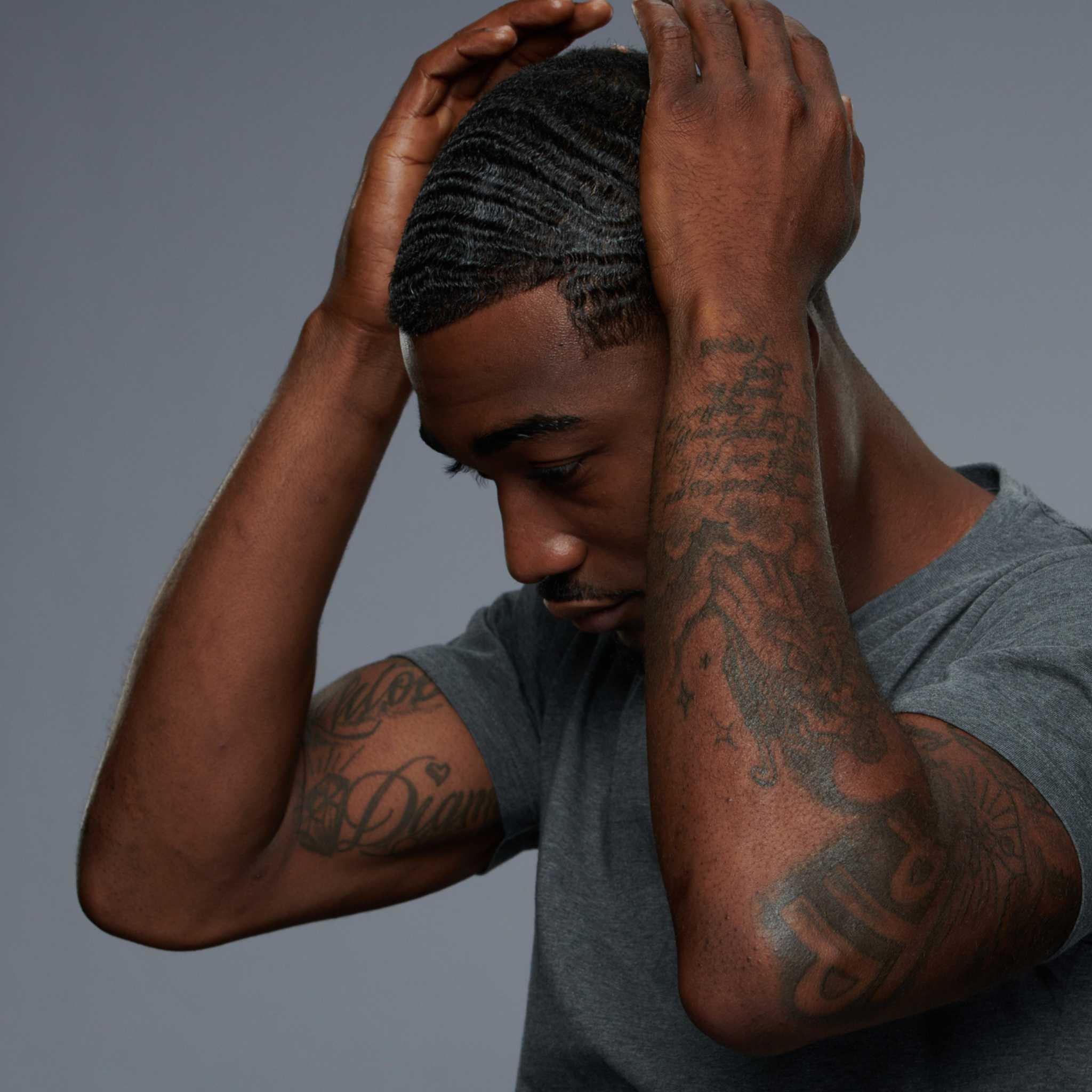
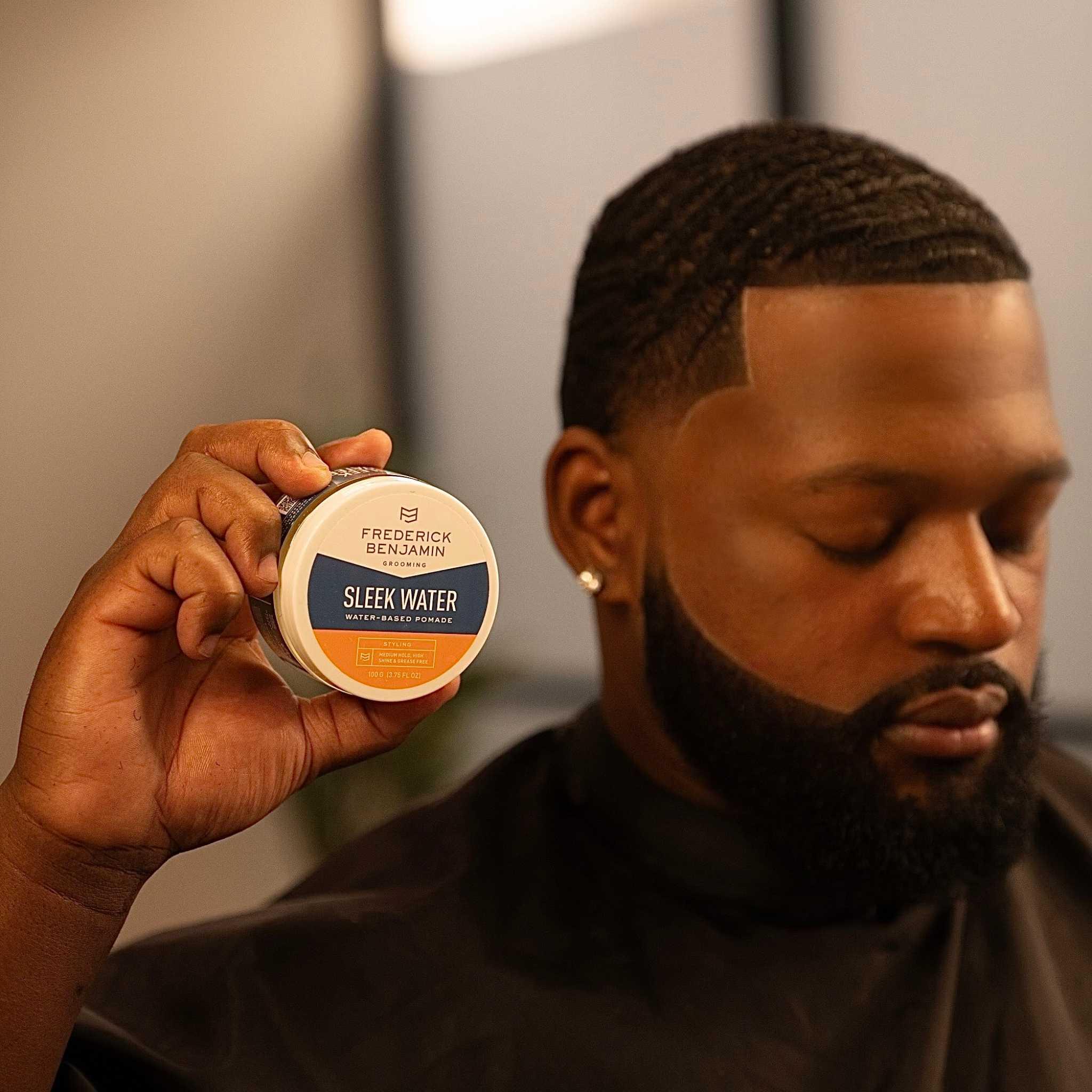
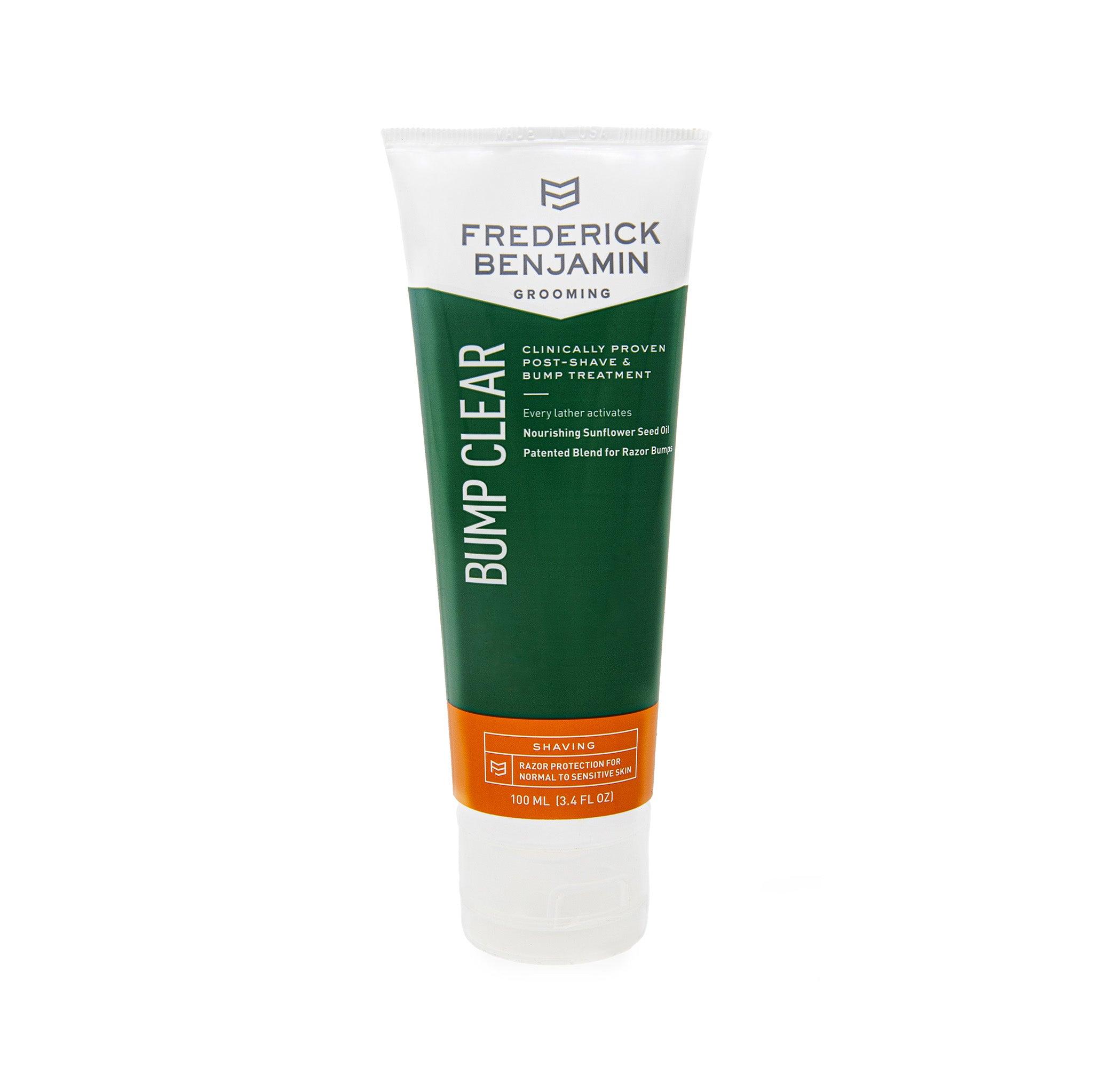
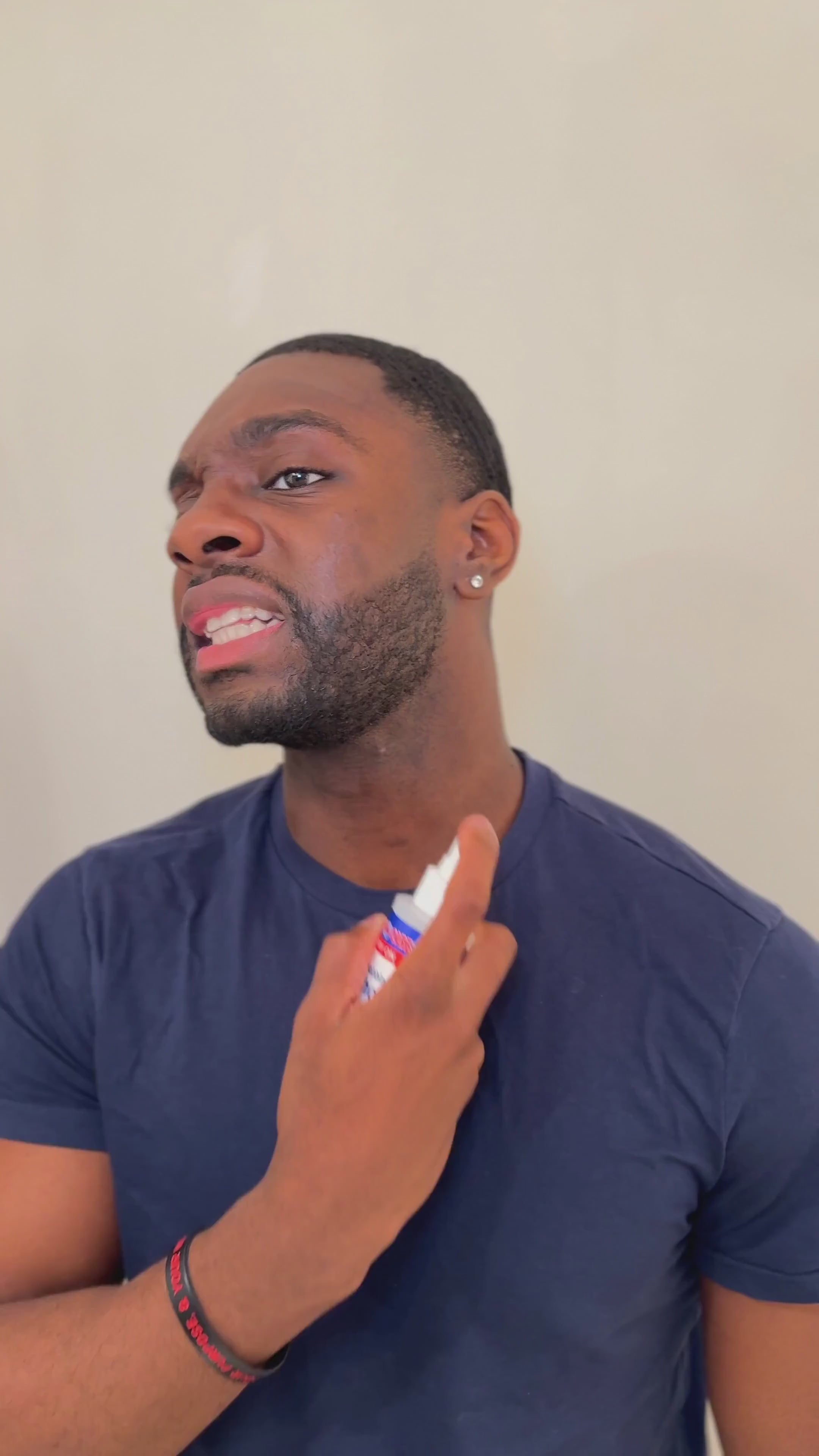
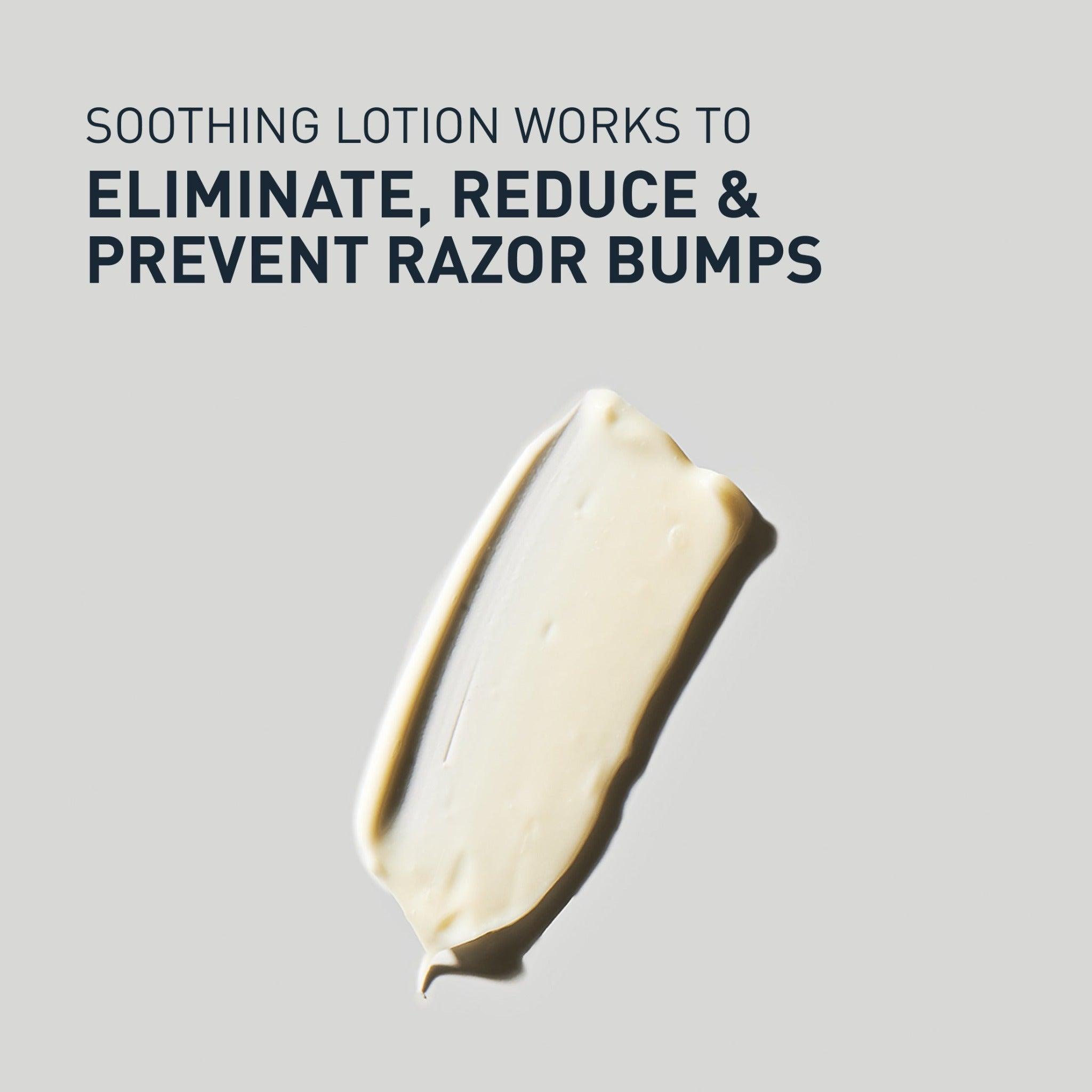

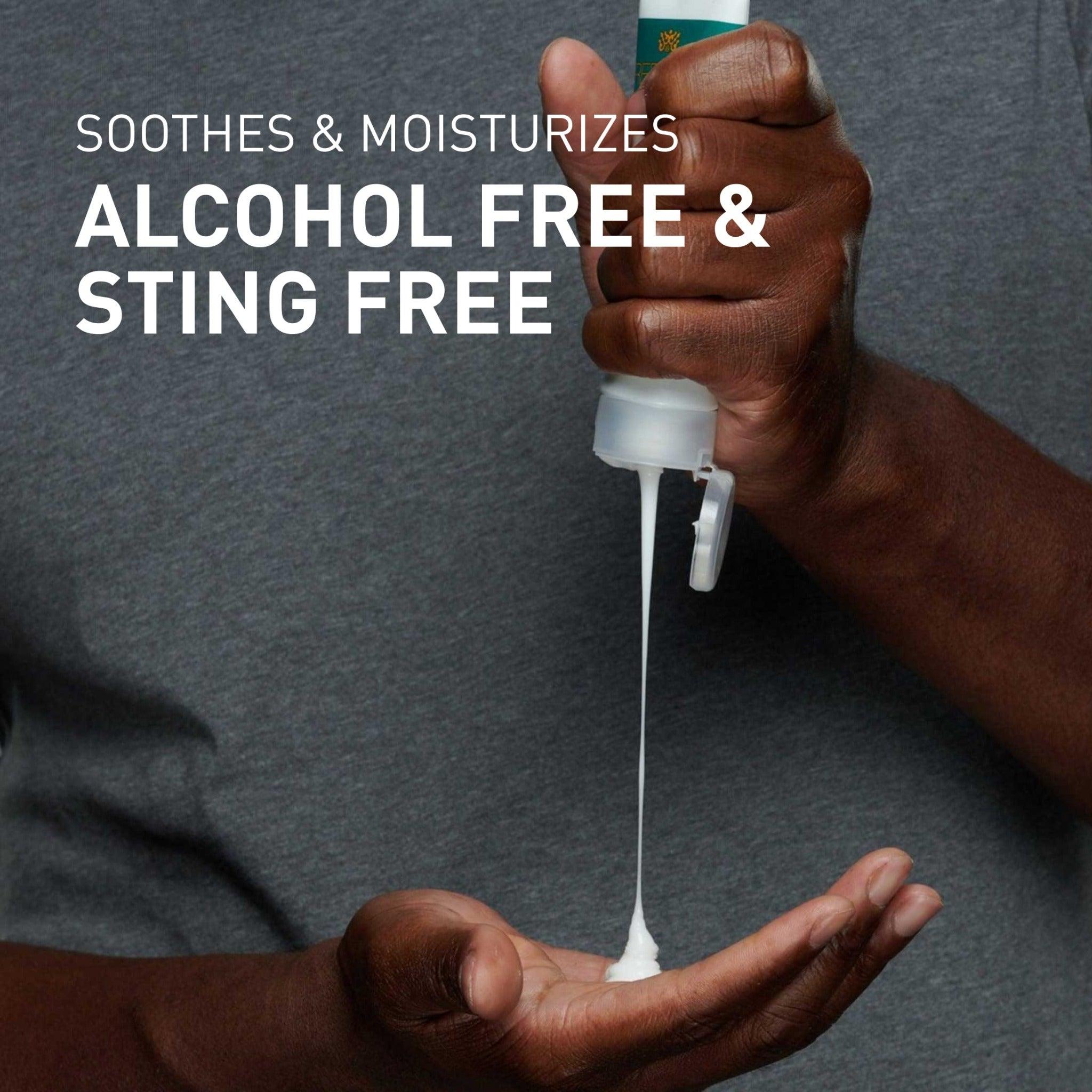
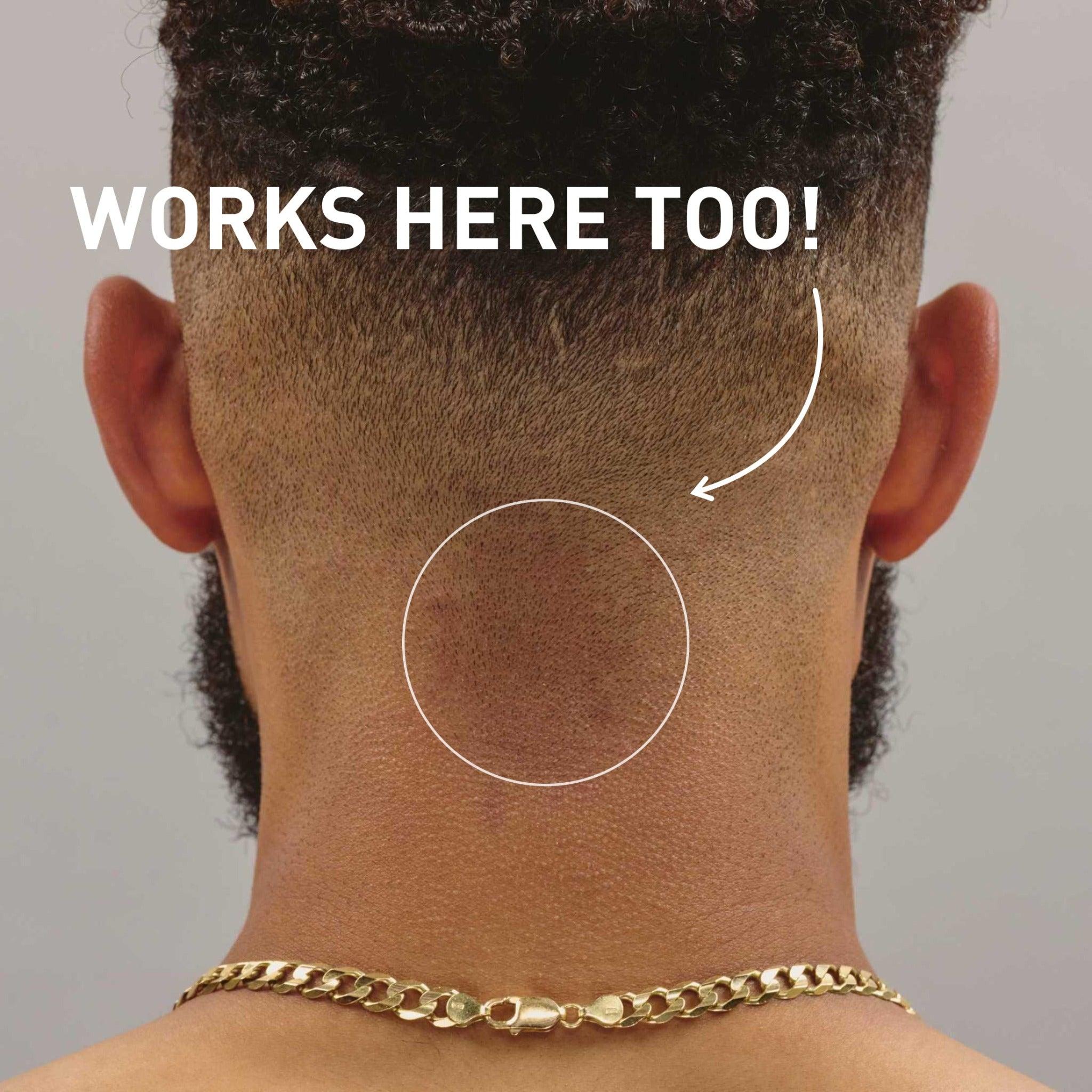
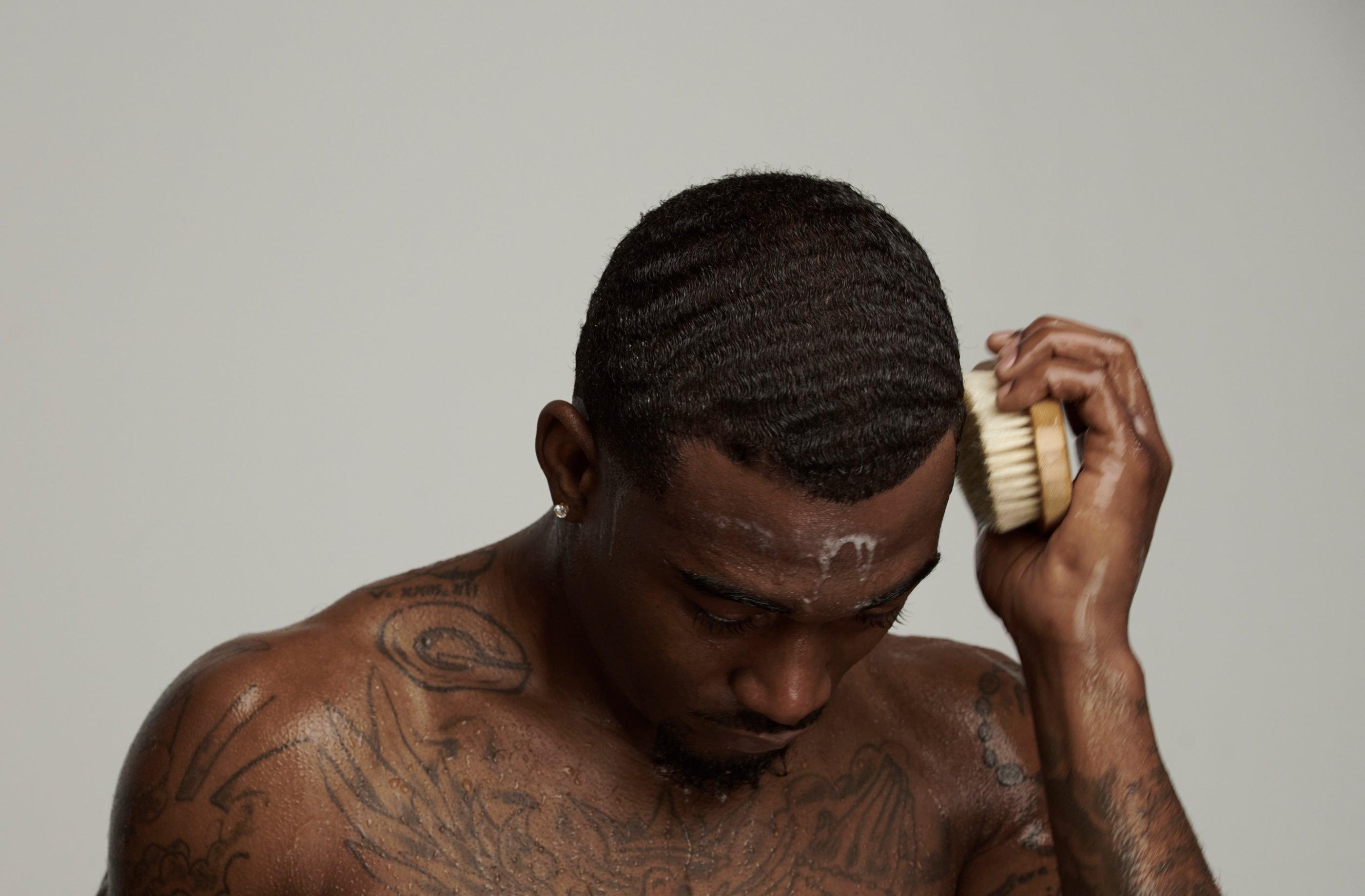
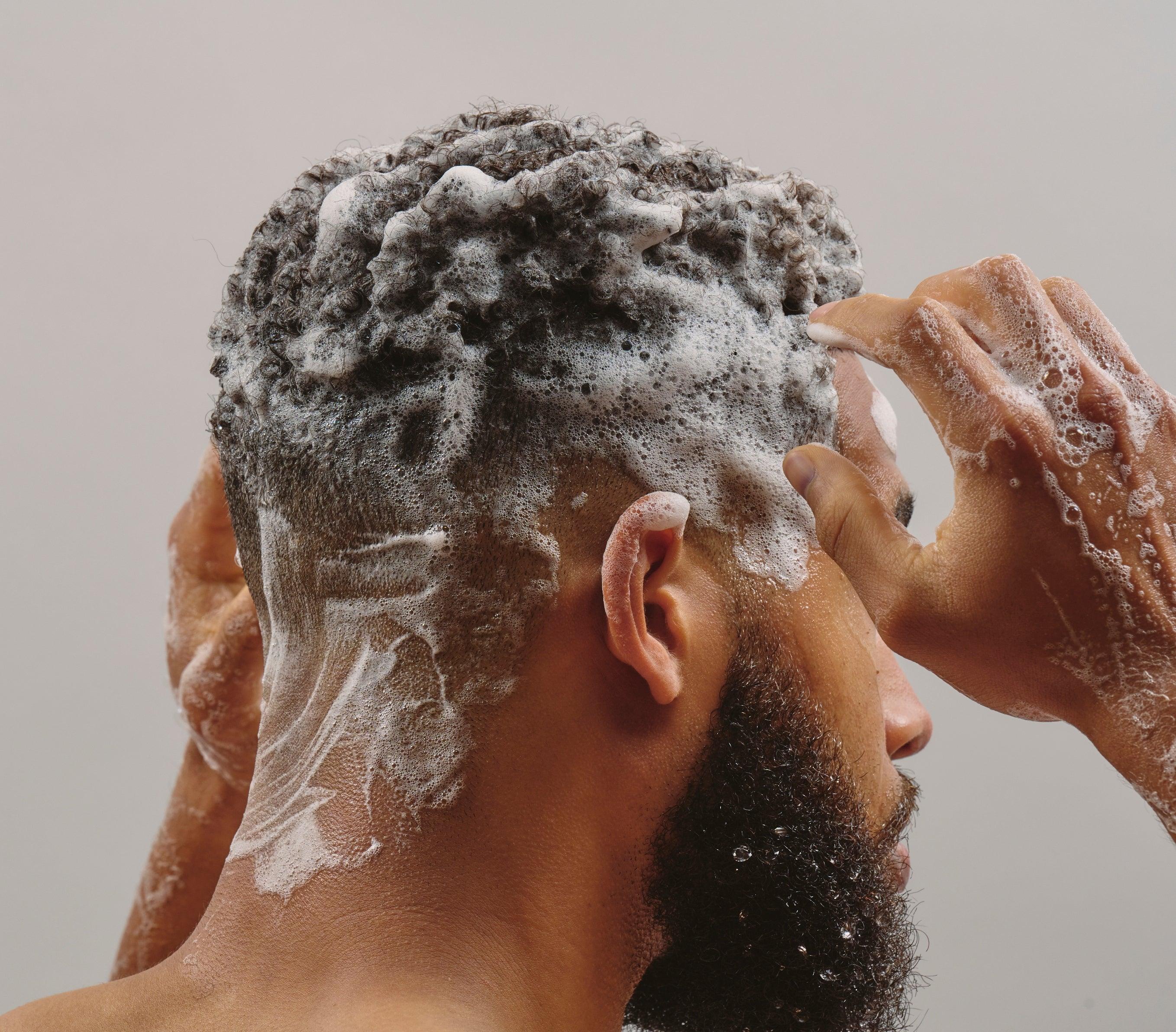
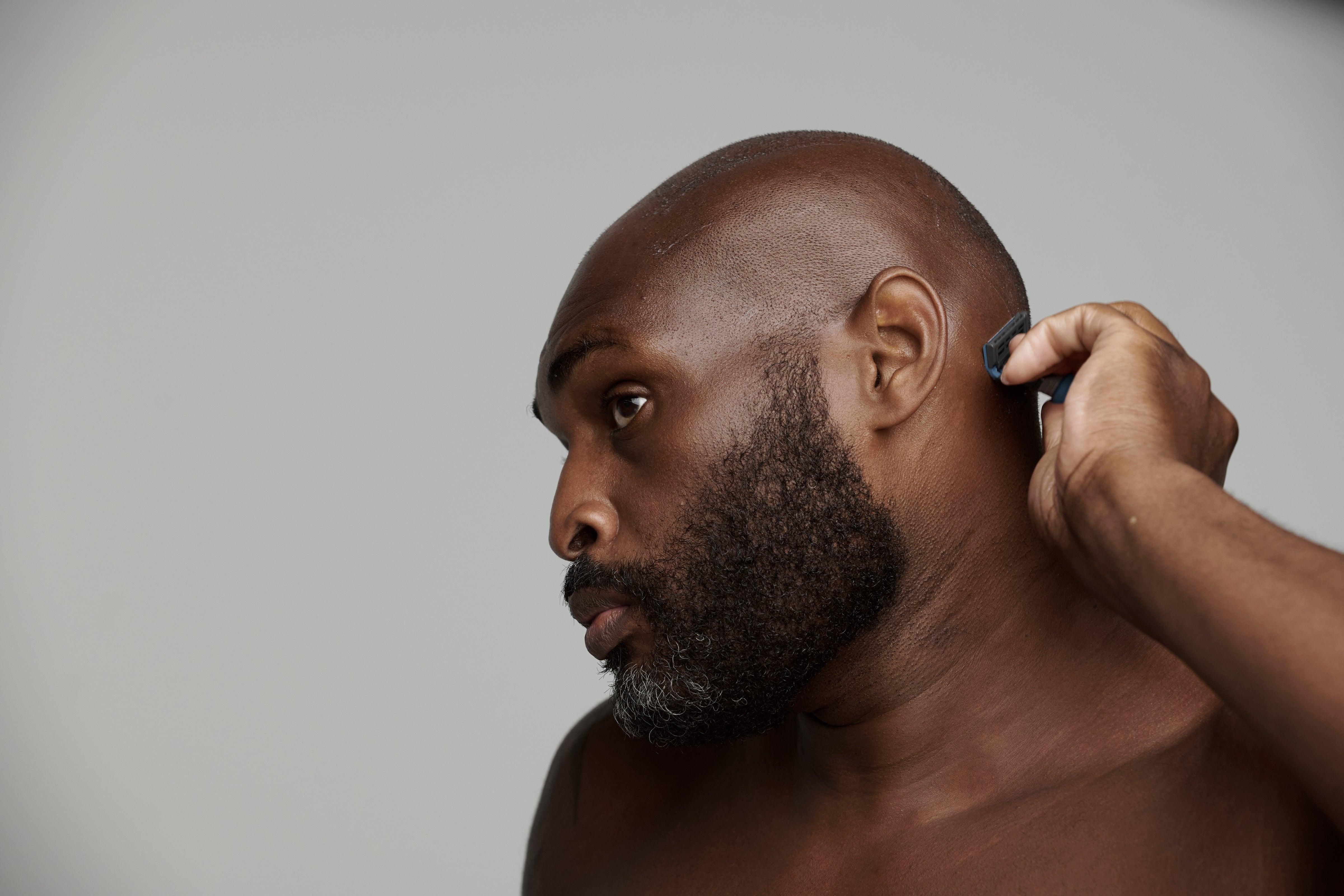
Comments
im a 180 waver but i have just a little bit of waves but the waves dip and im just trying to get my waves better.
Try these guys acutabovetherestdowntown.comm in Vegas!
Anybody know of any dope barbers in Las Vegas that cut 360 waves and does enhancements?
i am a kid waver and dont have enough time to brush but i still squeeze a long brush session in.i have wayyyy to many forks